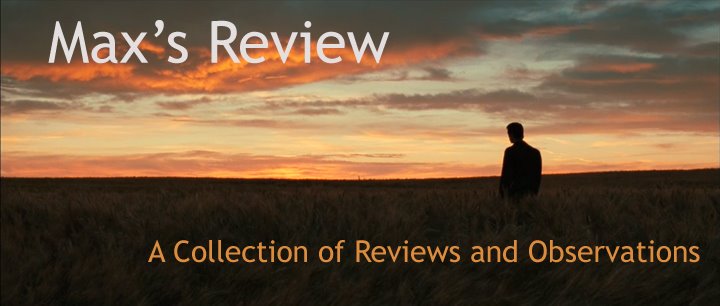
“Sans Soleil” (1982) is a challenging, though highly rewarding, film: it's a mish-mash of ideas about modern culture, set predominantly in Tokyo, and conceived around a narrated series of letters, by the director Chris Marker. The film is hard to fit into one category, because it's an essay and a documentary that also ventures into the avant-garde. Its images are fascinating: they range from the beautiful (a dog lying on a beach) to the graphic (a giraffe getting shot three times: in the haunch, in the neck, and finally in the head), to the ostensibly banal activities of residents in Tokyo. Tied to Marker's brilliant narrative, the images become something even more powerful: they represent a mere approximation of Marker's memories. But this self-organization of what goes on in one's life is something that we also engage in, because reality, as “Sans Soleil” helps us to realize, is just a collection of sketches in our minds. Marker says that there is a “degree of truth in banality.” And while we struggle to understand our place in our own world, Marker is kind enough to offer us an exceptional view into his own. (First viewed on 1/22/09, in 35mm projection at the PFA.)

“Nanook of the North” (1922) is an early documentary, by Robert Flaherty, about the life of an Eskimo... with a really long name that Flaherty simplified to "Nanook." I've seen it twice, and both times I've fallen asleep for long stretches because it's so boring; and because it treats its subjects as, literally, "happy-go-lucky" and "simple" people. (Second viewing on 1/20/09, on a DVD in class.)

“The Broadway Melody” (1929) was MGM's first musical; critics at the time considered it one of the best early sound films, considering the technical limitations that filmmakers endured during the transition from silent cinema to sound. (The difficulties in making a sound film were mocked twenty-something years later in MGM's “Singin' in the Rain”). It won the Oscar for Best Picture, but, really, this film is terrible. The story is unambitious and stupid - it centers on two annoying women who try to get into show business. The dialogue is very stilted, there's essentially no camerawork, and the action is shot from far away because cameras had to be kept in cumbersome soundproof boxes. Plus, there's a very nasty depiction of an extremely stereotypical gay man, who serves as the theater's tailor. It made me feel so angry – I now have some idea how black people - or typically stereotyped members of any race, religion, and/or sex, for that matter - must feel when they see how they've been depicted in early films. (First viewed on 1/20/09, on a DVD in class.)

